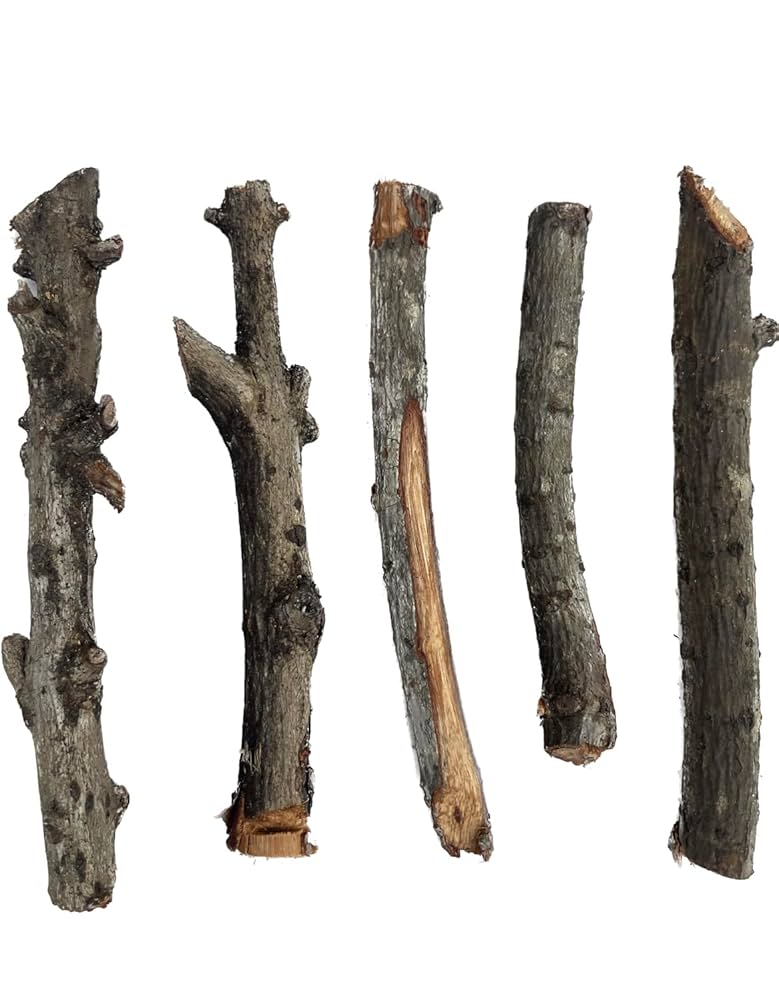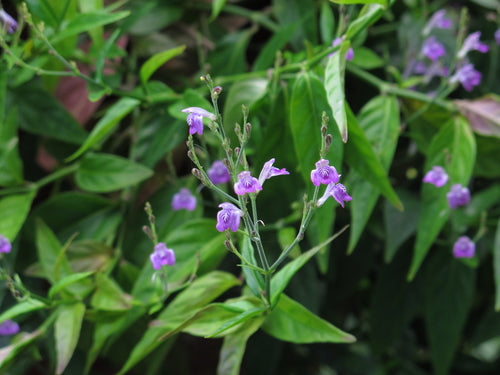Justicia pectoralis Jacq. Stick (Palo Justicia)
Justicia pectoralis Jacq. Stick (Palo Justicia)
What’s Included
(1) Palo Justicia (Justicia pectoralis Jacq.) stick (organic & non-gmo) (length: approx. 5-6 inches)
Origin: Florida (fair trade, ethically & sustainably harvested from a family farm)
Synonyms
Dianthera pectoralis (Jacq.) J.F. Gmel., Dianthera pectoralis (Jacq.) Murray, Ecbolium pectorale (Jacq.) Kuntze, Psacadocalymma pectorale (Jacq.) Bremek., Rhytiglossa pectoralis (Jacq.) Nees, Stethoma pectoralis (Jacq.) Raf.
Common Names
Tilo/Tilo Criollo/Carpintero (Cuba); Chapantye (Haiti); Chamba (Brazil), Ewe Eje (Yoruba)
Family
Acanthaceae
Botanical description
Perennial low branching herb, aromatic when crushed, up to 2 m high, sometimes rooting at the nodes. Leaves opposite, 3-10 cm x 5-30 mm, linear to lanceolate; inflorescence terminal in loose panicle; flowers 7-8 mm long, pink with white markings resembling a rib-cage.
Taste: Bitter, Sweet
Qualities: Light, Smooth
Energetics: Cooling
Effect After Digestion: Sweet
Cultural Note
Spiritually, Palo Justicia is typically used to right wrongdoings, to help with court cases.
Medicinally, Justicia pectoralis, is a plant historically used to treat nervous illnesses, colds, flus, symptoms of menopause, and more throughout the world. Studies have shown that the plant contains natural compounds that reduce inflammation, relax muscles, and ease anxiety. According to Roig (1989) its most common medicinal use in Cuba is as a sedative to calm the nerves, although it is also used as a pectoral to treat chest congestion, colds, and coughing. More studies show that the cumarin compound extracted from the plant shows activity as an anti-inflammatory, a sedative, a spasmolytic, a smooth muscle relaxant, and a hypotensor; it is also chronotropic; and assists healing bruises and wounds.
Couldn't load pickup availability
Share




